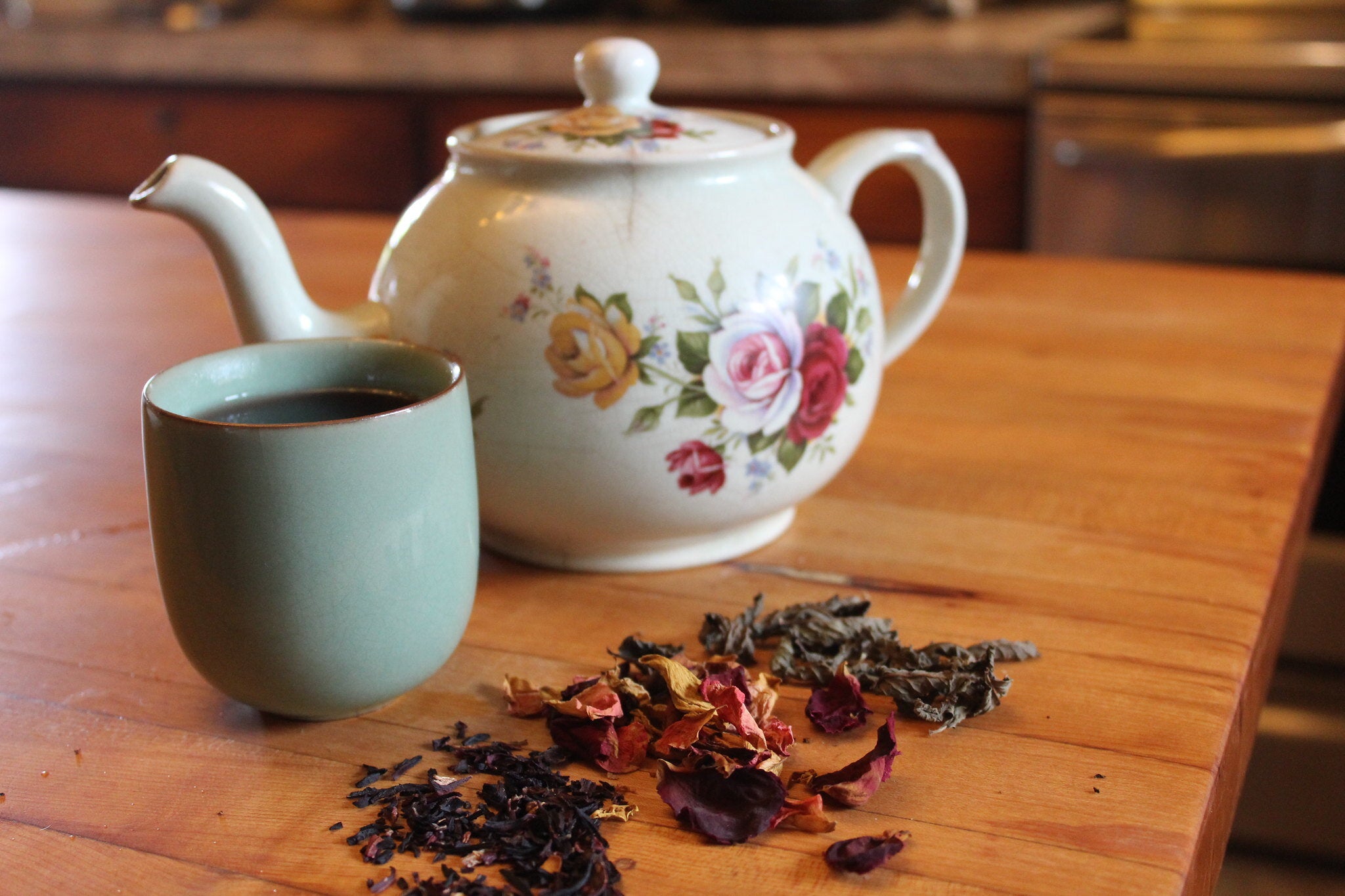
In nature, fire is the great transformer. When a fire sweeps through a forest, the ground is made more fertile and space opens for new sprouts to rise. But when fire comes too often to a forest, or it burns for too long, it creates a place where little can survive.
What is true in nature is also true in us. Pitta dosha, the fire element within us, has the power to transform. When balanced, its power can make space for new experiences to grow. When imbalanced, it leads to an inhospitable environment where nothing can thrive. Learn to tame the fire within to use pitta’s power as a benefit, not a burden.
Understanding pitta dosha
Pitta dosha is responsible for transformation on all levels -- it turns food into nutrients, perception into understanding and experience into growth. When pitta is balanced, you’ll experience the courage, ambition and mental strength you need to walk your path. However, when the fire burns too strong, these positive tendencies go to their extreme versions. Courage turns into recklessness, ambition into self-will and mental strength into cynicism and judgment.
Pitta dosha does not go out of balance as easily as vata, but more so than stable kapha. When it does go to excess, it can quickly dry up vata and kapha, creating systemic imbalance.
Depending on your constitution, how long pitta has been imbalanced or the time of year, you will have to tend your fire element with more or less effort. For instance, when the temperature gets high in summer, pitta’s fire naturally burns hotter. Making seasonal adjustments, such as eating lighter meals or sipping 1/2 cup of aloe juice, is wise. At other times of year, such as the colder months, it’s important to not take in too many cooling foods, or you’ll risk vata or kapha imbalance. Each day is different. Listen to your body and make small adjustments all year long to feel your best.
Eating to balance pitta dosha
Food is medicine, so turn to the tools in your kitchen to keep your fire element balanced.
One of the most important factors to keep pitta (and all doshas) calm is balanced agni, digestive fire. Agni tends to be naturally hot in a fiery pitta constitution. When balanced, this can result in steady and even metabolism. You’ll find it’s easy to maintain an appropriate weight and muscle tone is good. However, too much fire leads to diarrhea, excessive burping, a burning sensation after eating, extreme hunger or elimination of food before it is fully digested. Avoid creating too much heat in the digestive system by sticking to three meals at regular times each day, chewing well, avoiding overeating and cutting out snacks (read more in our full post on maintaining balanced agni).
If the fire element is burning too hot, here are some tips to cool down your diet:
-
Use spices wisely. Spices used in moderation are agni’s friend. But using too much of a good thing will send agni (and pitta) in the wrong direction. If pitta is too high, reduce the amount of spices you’re using by half and focus on those that are more cooling, such as coriander, cilantro, mint, cardamom, and fennel. Avoid or greatly reduce the stronger, more pungent spices, such as cinnamon, dried ginger and asafoetida.
-
Enjoy a balance of the six tastes, but be mindful of overdoing sour, pungent and salty foods. Use a small squeeze of lime instead of more warming lemon for the sour taste and cook your food with salt instead of adding it on top, as this lessens the intensity while maintaining the benefits.
-
Enjoy foods with cooling qualities. Apply the principle of “like increases like, the opposite brings balance” with cooling foods, such as coconut, milk, adzuki beans, mangoes, berries, apples, maple syrup, white rice and sweet vegetables, such as carrots or squash. Remember that cool in quality does not mean the same as cold in temperature.
-
Avoid foods with heating qualities. Remove foods that increase the fire element. These include stimulants, such as caffeine and chocolate, along with alcohol, refined sugar, chili peppers and vinegar.
-
Cool down after meals by splashing a little cool water on your eyes (rose water is especially nice to use). Do this if pitta is high or as maintenance during the hotter months of the year.
Here’s one more practice that is especially nice to calm pitta: Each morning, sip a cup of hibiscus, rose and mint tea. The act of making and drinking the tea is a wonderful addition to your dinacharya, or daily routine, and will help you stay cool and calm all day.
Learn to use the healing power of food in Simple Ayurvedic Cooking. You’ll create simple, nourishing recipes that will balance the doshas and support your digestion (agni) so that you don’t get stuck trying to fix persistent symptoms. Begin today!
